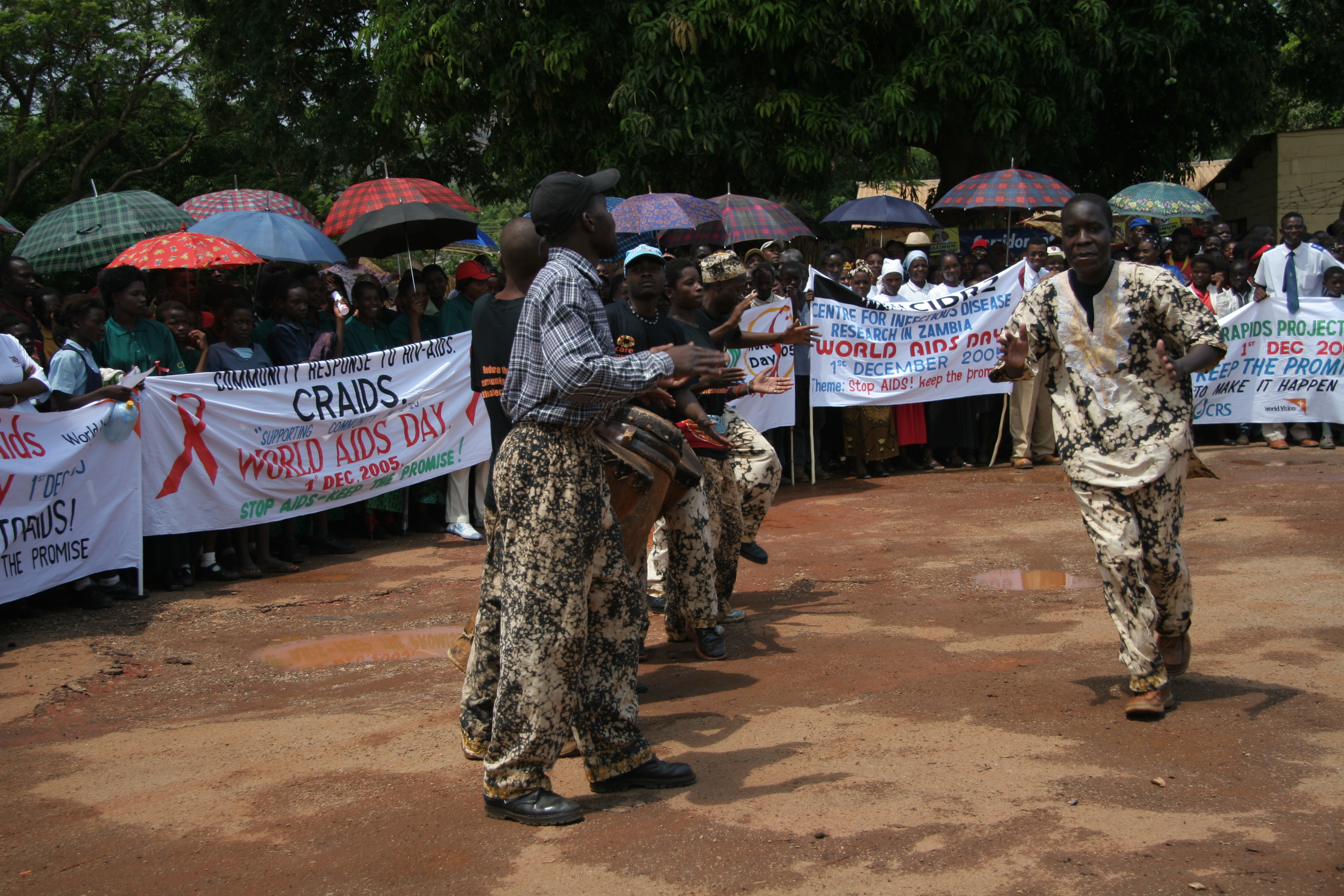Zambia is a large country being slightly larger than California and Nevada combined. It is a land locked country, which has borders with eight countries. Unfortunately it is also one of the world’s poorest countries where according to UNICEF about 2/3 of the people live on less than US$1.00 a day. We decided not to travel to the remote north because of the currently exorbitant price of gasoline (C$2.40/litre) and the difficulty in obtaining it in some places. Tourism in Zambia is booming independent travellers however, are still a rarity in Zambia, with most tourists booked on pre-arranged holiday tour packages.We arrived in Zambia on the ferry crossing the Zambezi River. We now feel we are truly on our way north to Cairo. We are feeling comfortable with all our equipment, the Landcruiser and we are working well together. Africa and its people is working its way into our hearts.
Enlarge
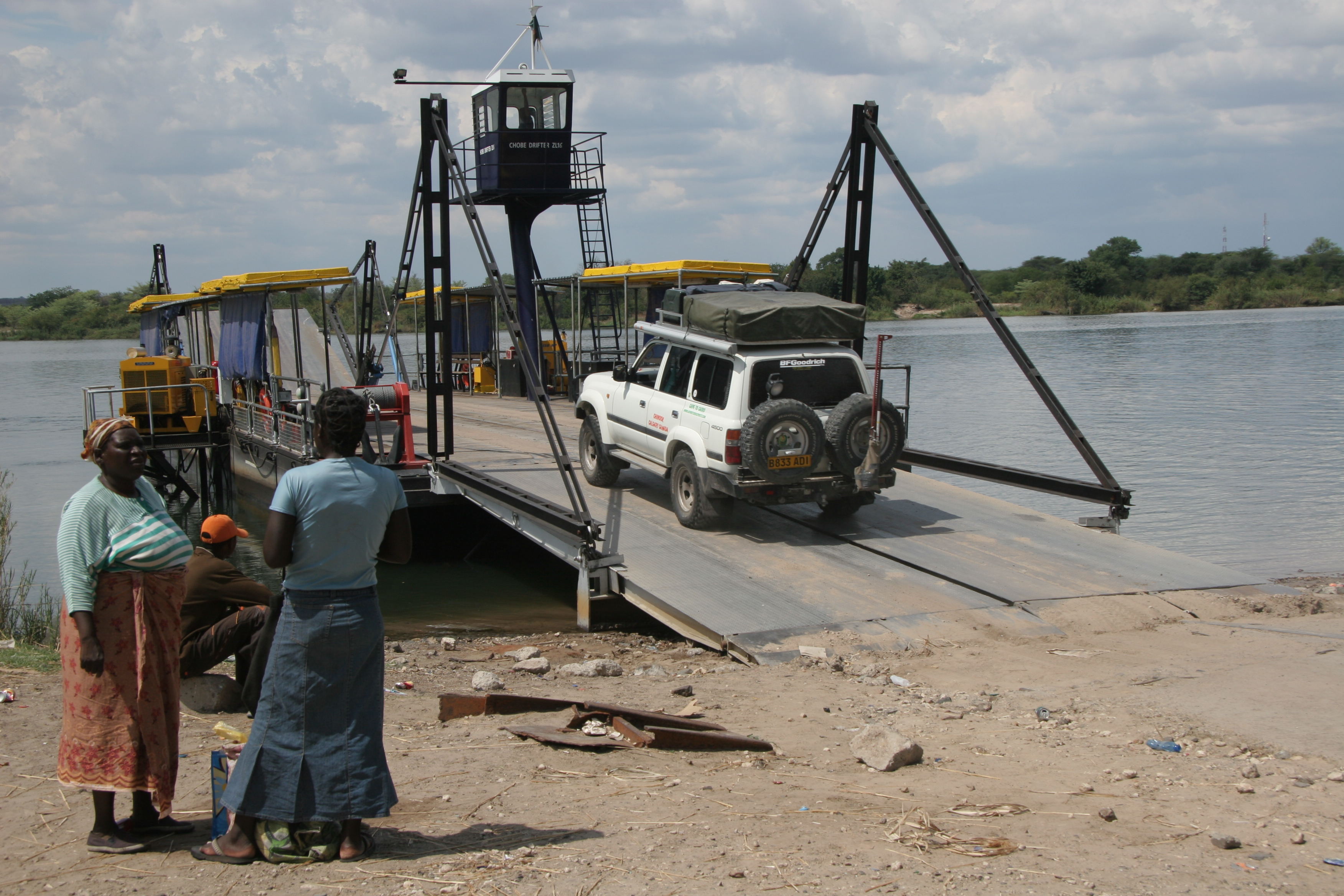
Adventurouspirits
Enlarge
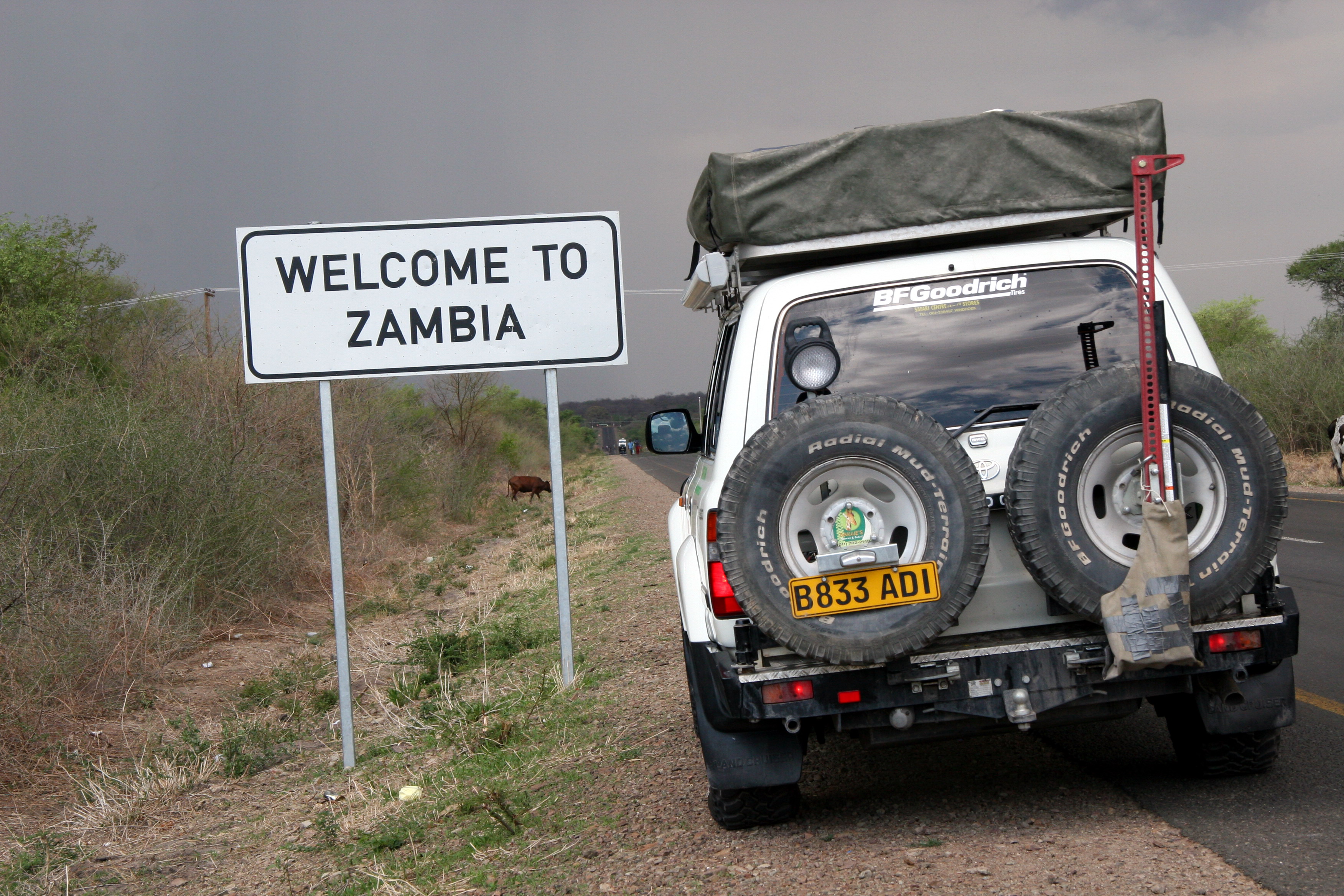
Adventurouspirits
The campground lies on the banks of the Zambezi River, one of the Seven Wonders of the World, the magnificent Victoria Falls.
Enlarge
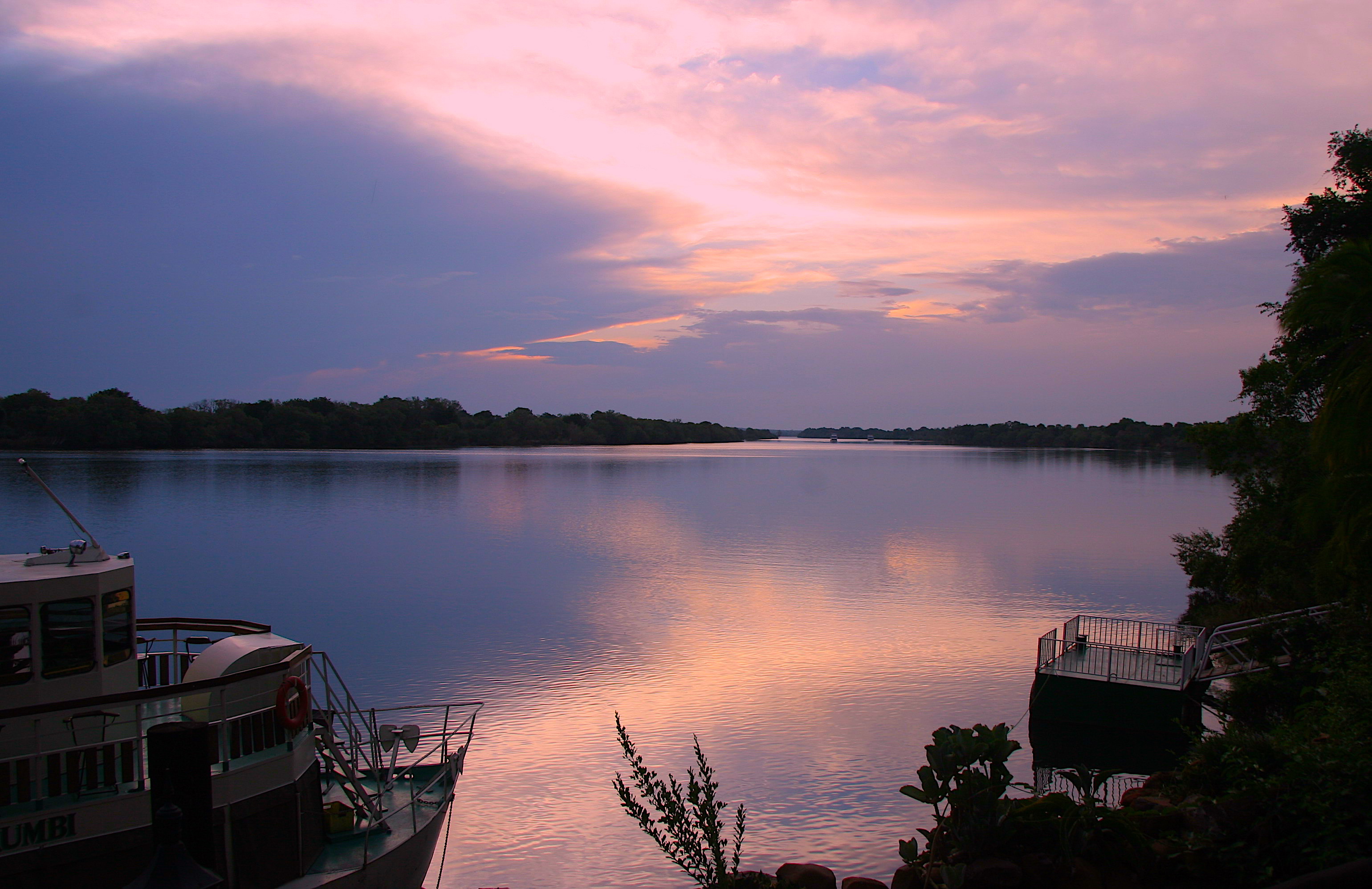
Adventurouspirits
Here its waters cascade over a sheer cliff nearly 2km wide and plunges 100m into the narrow Batoka gorge. The Zambezi River then rages as a torrent of water through 8km of impressive and dramatic gorges. The native people call the falls “Mosi-oa-Tunya” (Smoke that Thunders). During high water and at its peak, the mist from the falls rises 500m often obscuring the 500,000cubic meter per minute of water thundering over the falls. The roar of the waterfall can be heard kilometres away.
Enlarge
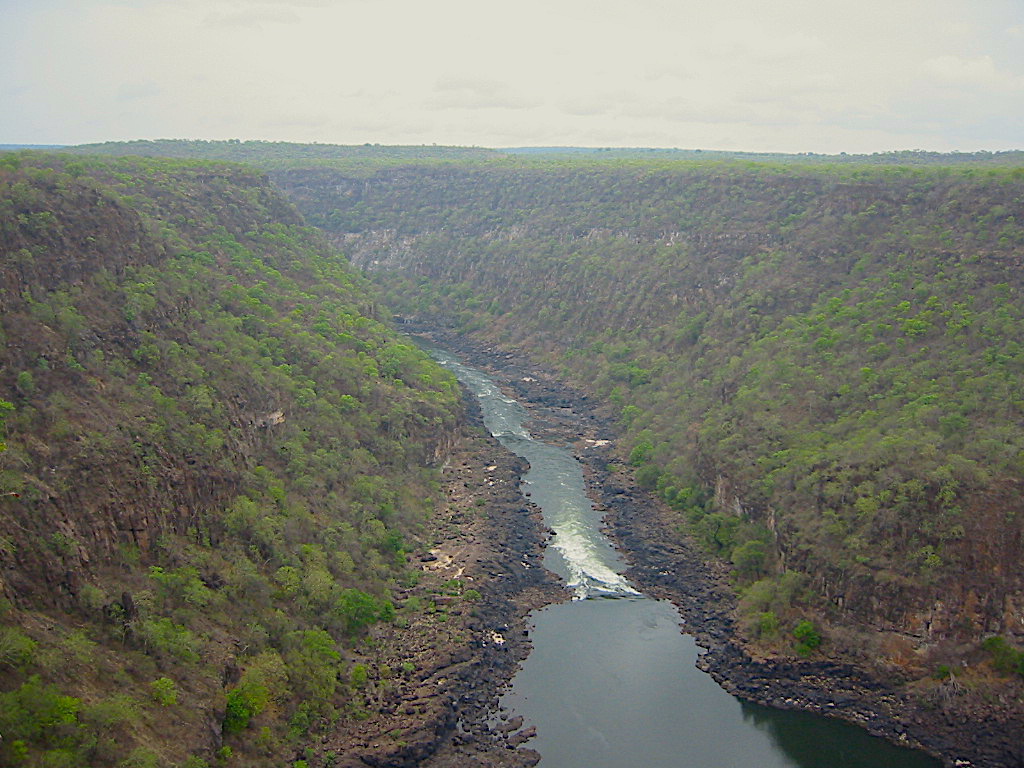
Adventurouspirits
We located a perfect campsite where despite the rainy weather we were warm and comfortable.
Enlarge

Adventurouspirits
Keeping all our electrical devices fully charged on our overland trip was a continuous challenge. When we came across a campsite that had external power we hooked up every device we possibly could. This created some interesting situations.
Enlarge

Adventurouspirits
South Laungwa is one of the finest parks in Africa with a reputation of having the highest quality guiding of any African game park. It is known as the “crowded valley” because of the high density of wildlife.The last 130km of the road to the park is notoriously bad and takes between 3-5 hours to drive. We bounced, shook, rattled, and rolled over bumps, rocks, corrugations, and rivers until we arrived at the camp.Booking into the camp we were informed, “Don’t leave anything outside of the car and all food must be stored in a fridge or placed in a special hut. Hippos pass through the camp generally about 9pm and elephants between 5-6 in the morning and the evening, hyenas also wander the campgrounds at night, so be careful.” The previous week people did leave some food in their car and the elephants smashed the car windows to get to the food.
Enlarge
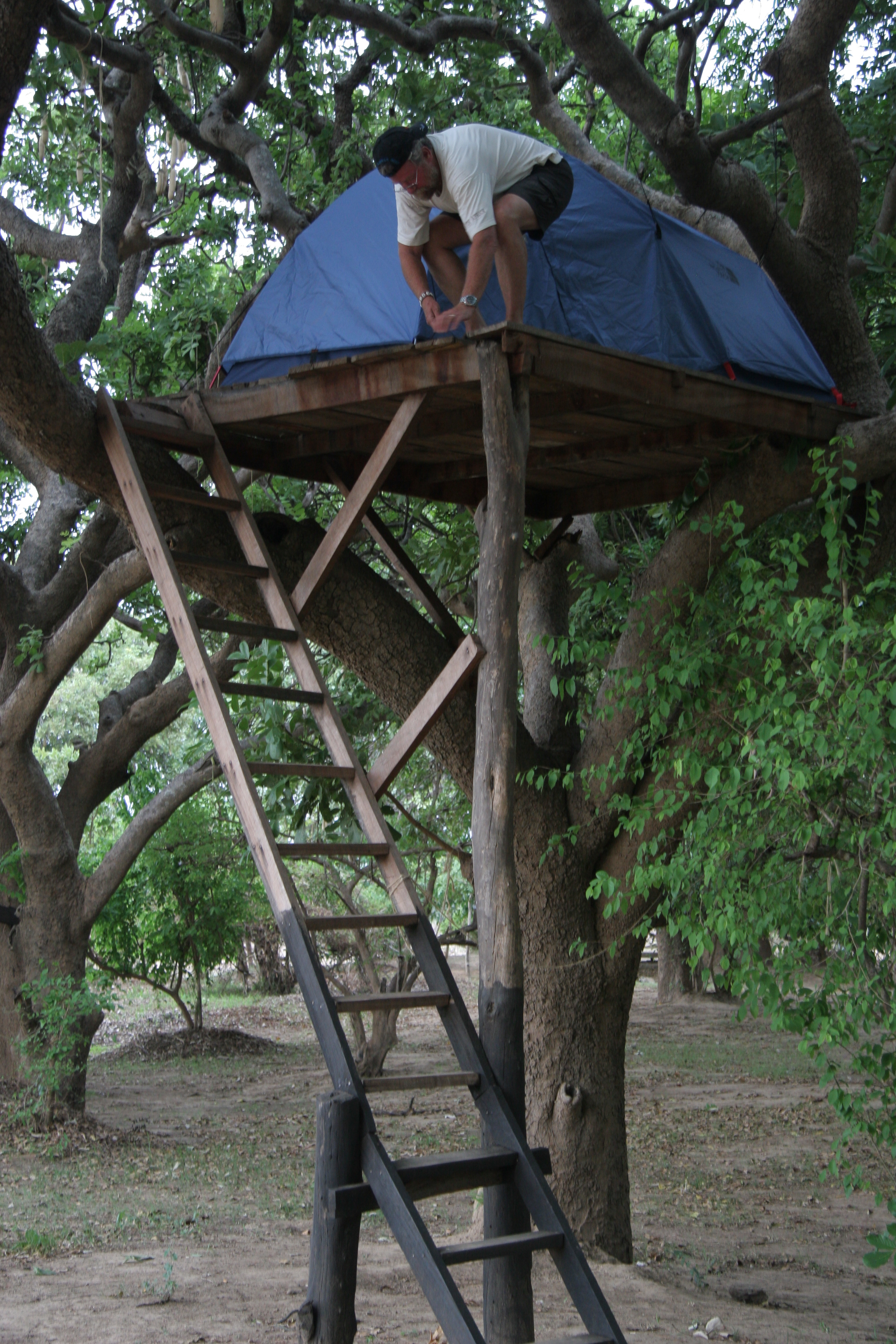
Adventurouspirits
Laungwa is home to one of the largest hippopotamus population in the world. During October and November over a 1000 hippos can be seen in just 2km of water and we certainly saw 100’s of hippos wallowing in the water. Male hippos mark their territory by snorting, grunting, and “dung splaying” and while watching them in the water we did indeed see there was a steady stream of bubbles around some large fellows.
Enlarge
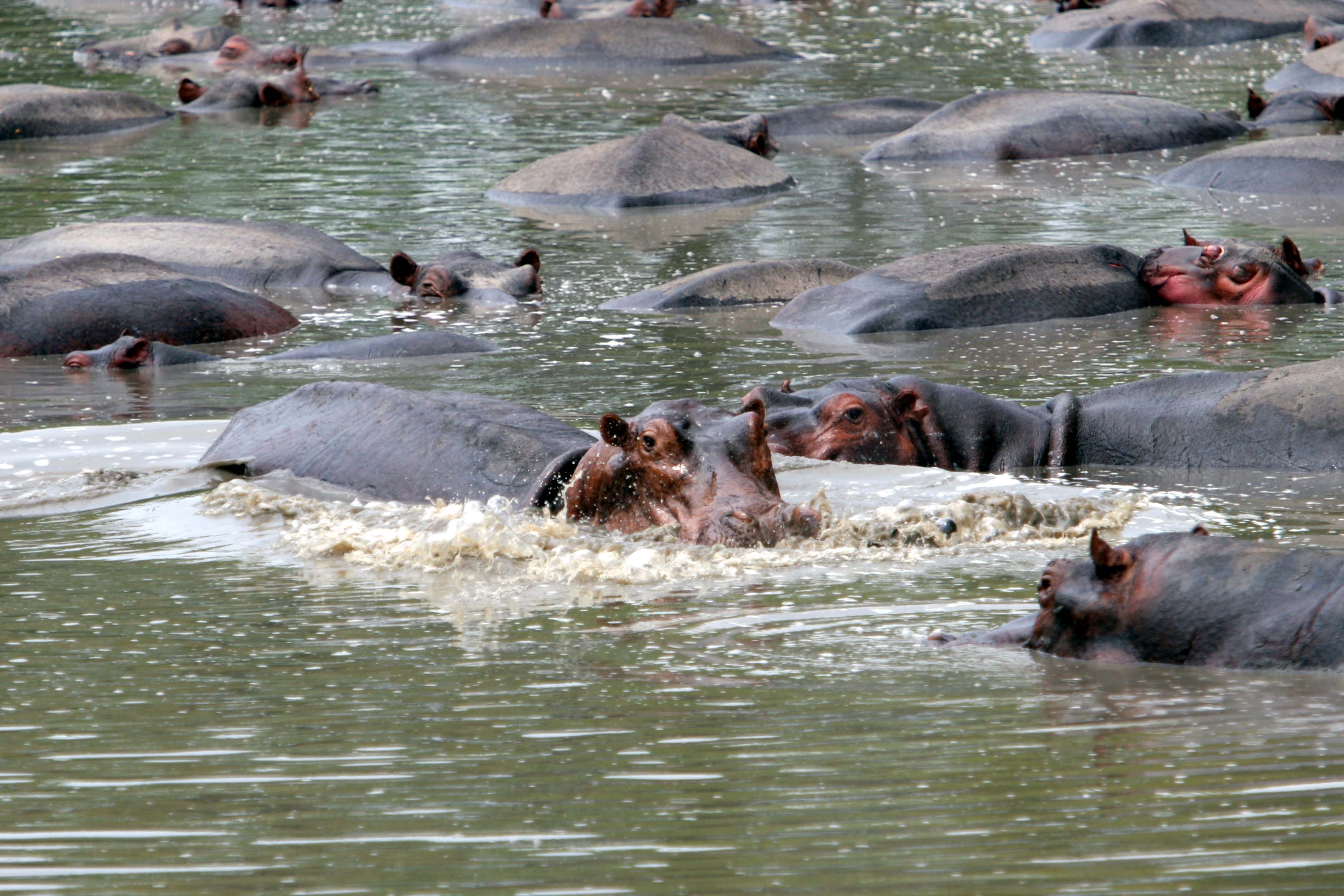
Adventurouspirits
One of the unique draws of South Luangwa is the ability to do a night drive, starting at 4:00pm and lasting until 8pm. They have to be guided so we boarded an open top Land Cruiser and headed off into the park hoping to see nocturnal animals, which are difficult to spot during the day. After an hour driving, we suddenly stopped, surrounded by lions. The atmosphere was intense three huge lions eyeing us with only two meters between their teeth and me. The guide reminded us not to make any moves as we vigilantly watch as the huge cats warily eying us. Sensing we were no threat and obviously not hungry they simply rolled over and went back to sleep. I could feel the adrenaline pulsing through me as I sat there knowing that with one leap it would all be over.
Enlarge

Adventurouspirits
After driving to a beautiful spot on the shores of the Luangwa River to watch the sunset we started the two-hour drive back to camp. There were great shouts of amazement when we spotted in the beam of our spotlight an aardvark. These strange looking termite-eating creatures are so shy that they are seldom seen. Even the guides where thrilled. The following morning Tom emerged from the tent and headed for the washroom. “Can’t go there,” I said, “There is a large black cobra in the doorway even the locals are nervous about removing it.” So, without the refreshing morning shower we packed with baboons and monkeys watching our every move. Despite our vigilance they did managed to take off with some of our food.
On our drive back to Chipata I tried to stop the Landcruiser at aT junction and nothing happened. The brakes were gone. We kept barrelling towards the bush. Fortunately the cruiser has an emergency system which kicked in just in time. I crawled under the cruiser and noticed that I was leaking hydraulic brake fluid and it was not a quick repair job. So we crawled back to Chipata in 2nd gear over the badly rutted gravel road. There I sought out a garage and they got to work repairing a totally ruined set of rear brakes. African mechanics are experts and keeping vehicles running.
Enlarge

Adventurouspirits
Enlarge
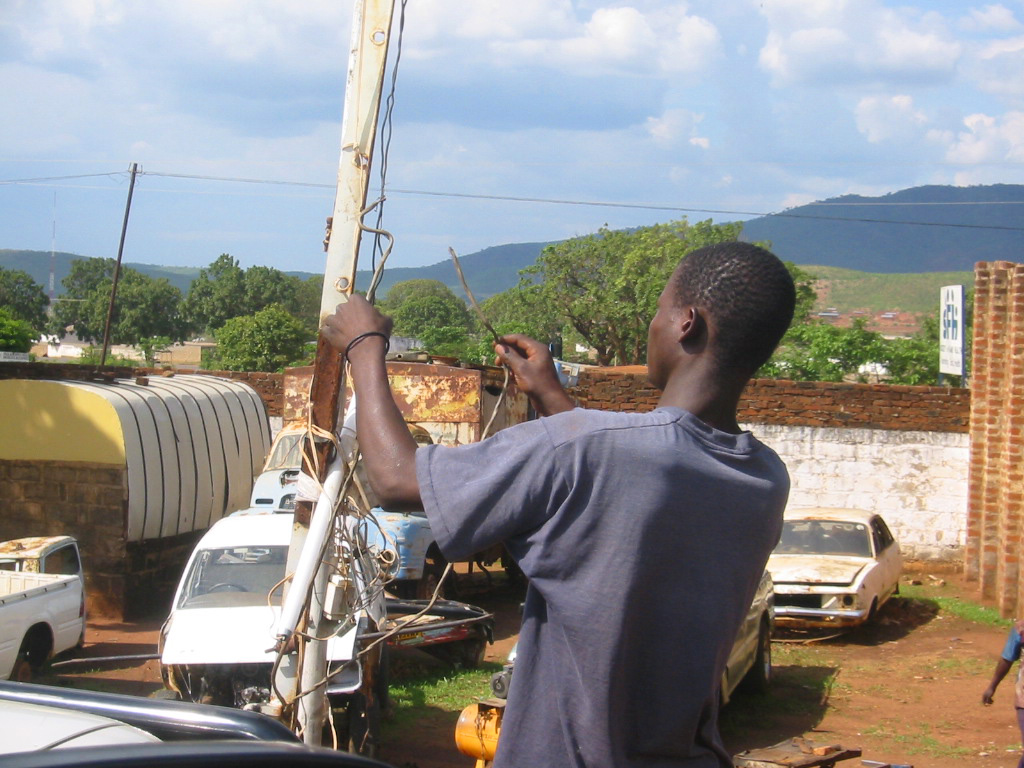
Adventurouspirts
The repair took a couple of days and life at camp goes on.
Enlarge

We discovered the ‘Jack Fruit’ which has an amazing seed pod, the fruit of which is tasty and nutritious.
Enlarge

Adventurouspirits
With the breaks repaired it was time to leave Zamia and cross nit Malawi. On the way to the border we cam across an International Aids Day gathering in one of the villages.
While the message was a serious one the atmosphere was celebratory, almost as if they were acknowledging life instead of the deadly disease.
